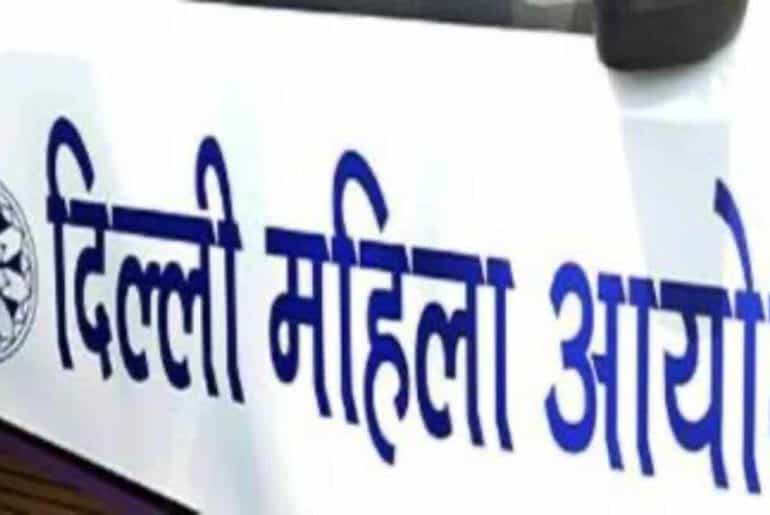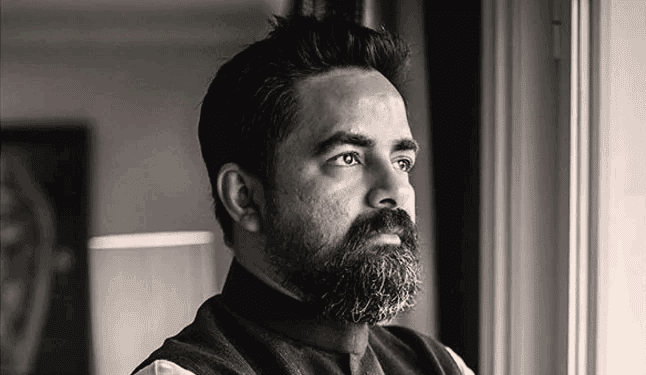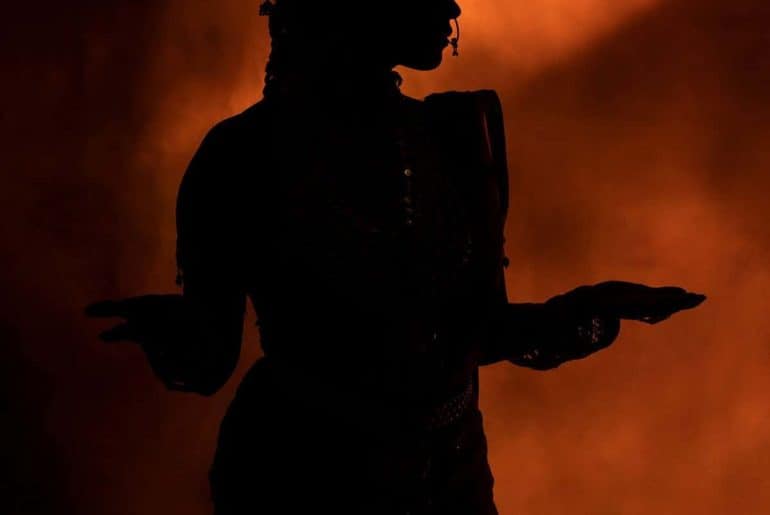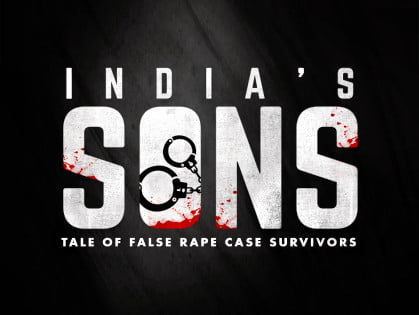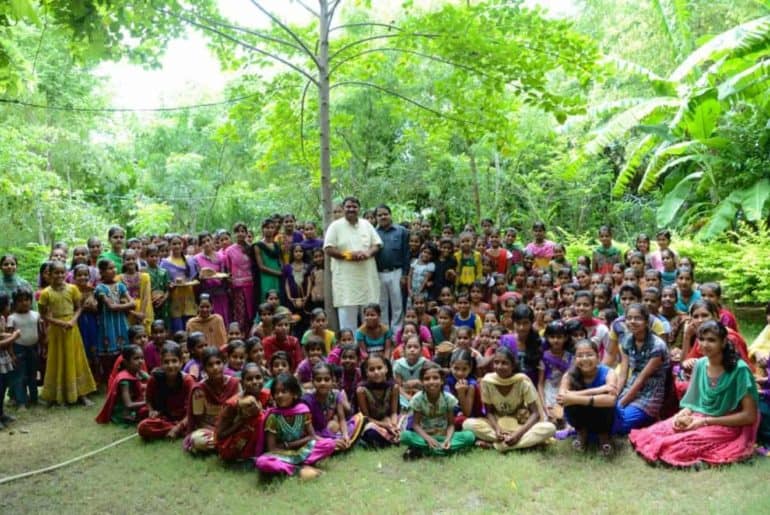In its report, the Delhi Commission for Women has exposed various inefficiencies on part of the authorities and the police, and has asked for accountability.
Following the reports of sexual harassment of women during the annual fest- ‘Shruti’ of Indraprastha College for Women (IPCW), the Delhi Commission for Women (DCW) took suo moto cognizance of the situation. Its chairperson, Swati Maliwal on Tuesday asked the police, Delhi University and the colleges concerned to submit an Action Taken Report by 18th April. According to the official notice, college authorities and the police have to submit a set of guidelines and mechanisms before that panel that will help in preventing such incidents in future.
On March 28, a group of men barged into the Indraprastha College for Women by scaling the boundary walls, leading to a stampede. Several women were allegedly harassed and injured in the chaos. The incident led to protests by hundreds of students, who demanded strict action against the accused persons and the resignation of Principal Poonam Kumria.
It is disappointing that no action has been taken against any official of Delhi Police or IP College over the security lapses. Girls are sexually harassed in their own college fests and the authorities are not doing enough to prevent these incidents.” – Swati Maliwal
The Delhi Commission for Women also issued interim recommendations to Indraprastha College for Women, DU and Delhi Police. It found several lapses on the part of the authorities and the police in conducting the investigation.
Its inquiry showed that the Delhi Police officials did not act in time to collect CCTV footage of the incident and have not made any arrests.
It’s unfortunate that despite the passage of ten days, police officials had not secured CCTV footage of the incident from college authorities which is crucial in identifying the perpetrators of the crime. Commission again summoned the officials on April 8, wherein they informed that CCTV footage has been collected from the college now, but the footage is incomplete, and they have contacted the college to provide them the complete footage.” – Delhi Commission for Women
It also added that the college had sought police security for a crowd of 8,000 plus people on their premises but did not seek permission for the event. The Commission further stated that “the Delhi University and Delhi Police should design a coordinated strategy for ensuring adequate security before any fest is organised in colleges” as it had noticed that there was a “complete lack of coordination between the two authorities on the matter, as no police permission was obtained by IP College for the event”.
Additionally, DCW suggested that the local SHO and college principal meet, ideally one week before the program, to go through the security measures in place to ensure the safety of the students. The commission discovered that, as of April 6, accusations of sexual harassment had not yet been transmitted to IPCW’s Internal Complaints Committee and that the ICC should have representation from students and an external member from a reputable NGO working on women’s rights.
Read Also: The Invasion of IPCW: A Student’s Account
Featured Image Credits: The Indian Express
Samra Iqbal

